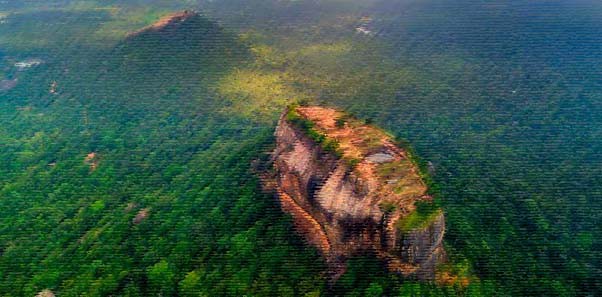
By – Upul C. Wickramasinghe
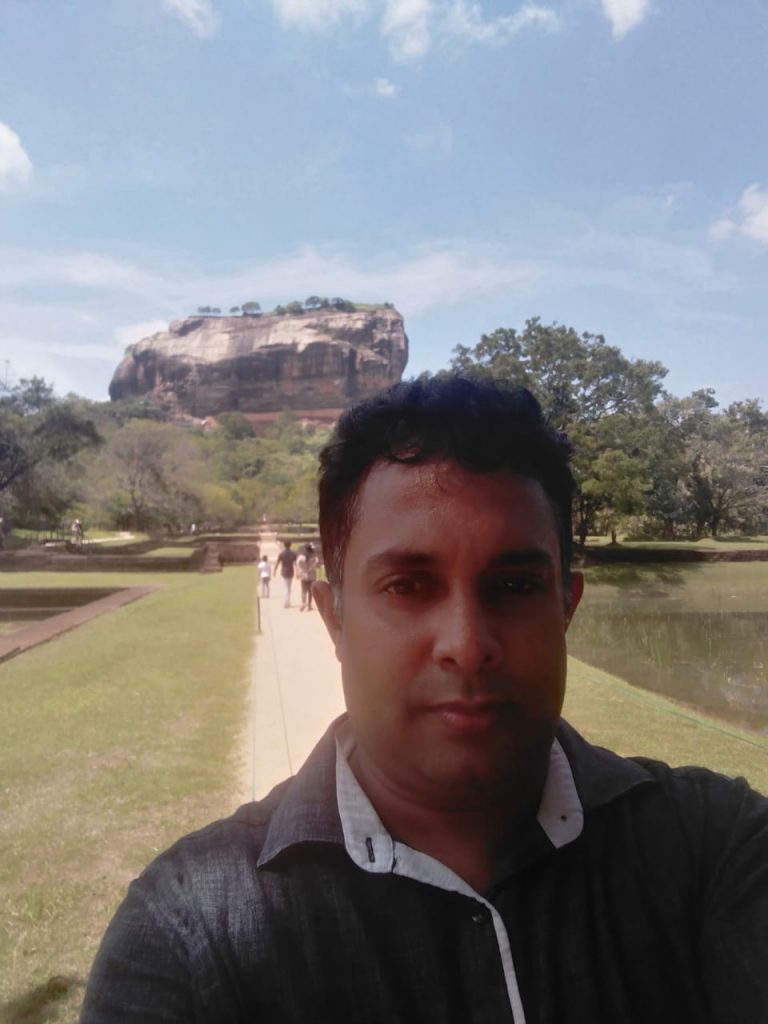
Sigiriya is one of Sri Lanka’s most popular tourist destinations. It is also called Lion Rock or Lion Mountain, consisting of the ancient ruins of a fortress that was built in the late 5th century. The steep rock rises to an elevation of 349 meters above sea level and nearly 180 meters above the surrounding plain. The water gardens, the frescoes, and the remains of the impregnable royal palace on the summit tell us the story of ancient glory. It was designated as a World Heritage Site in 1982 by UNESCO.
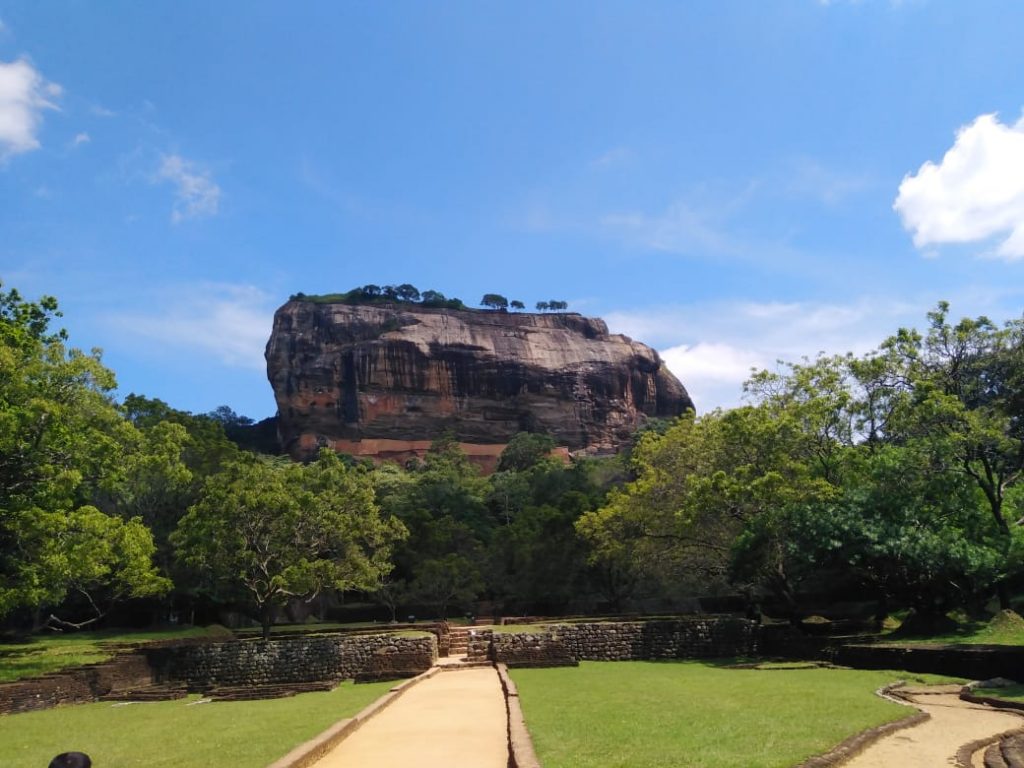
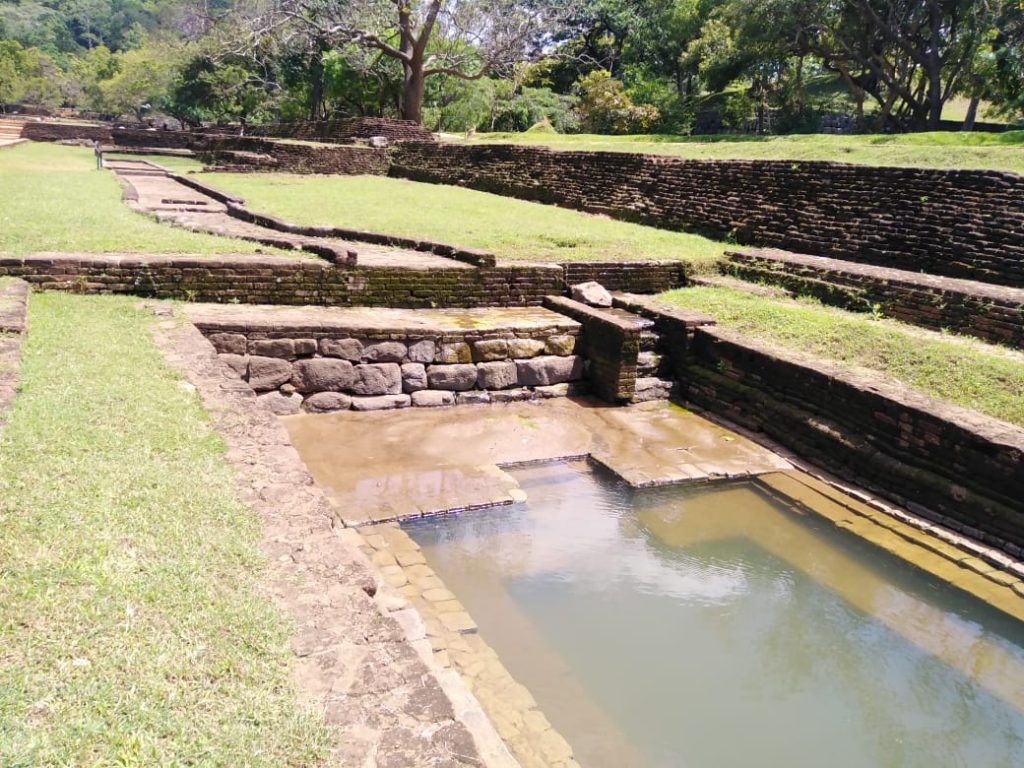
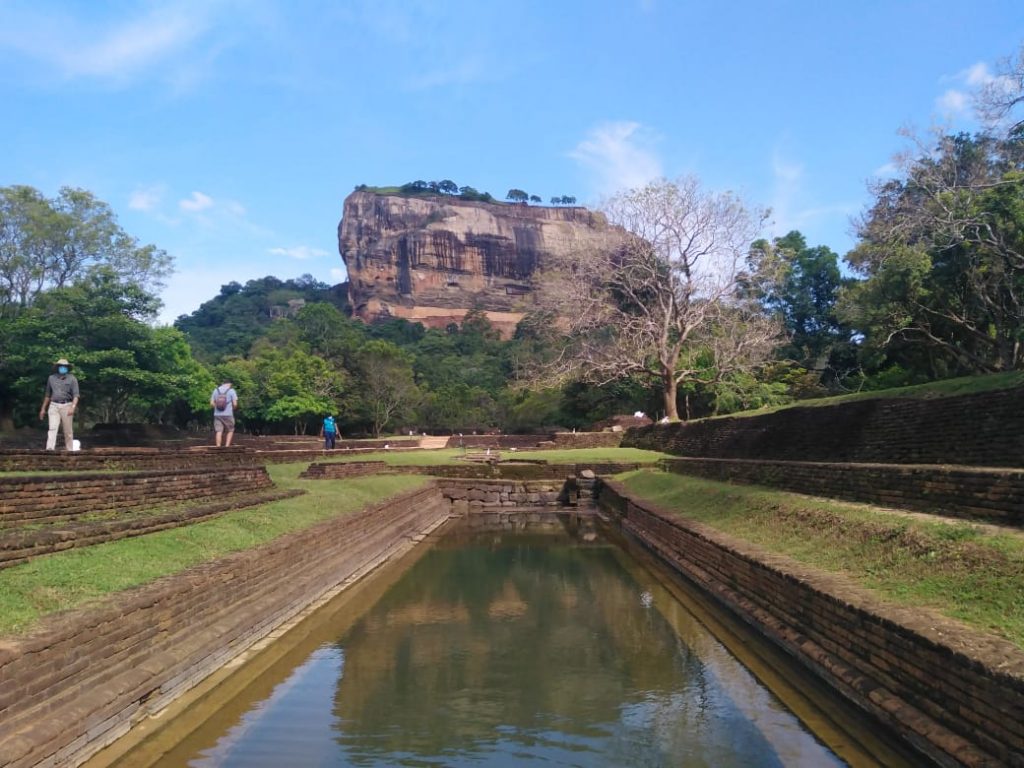
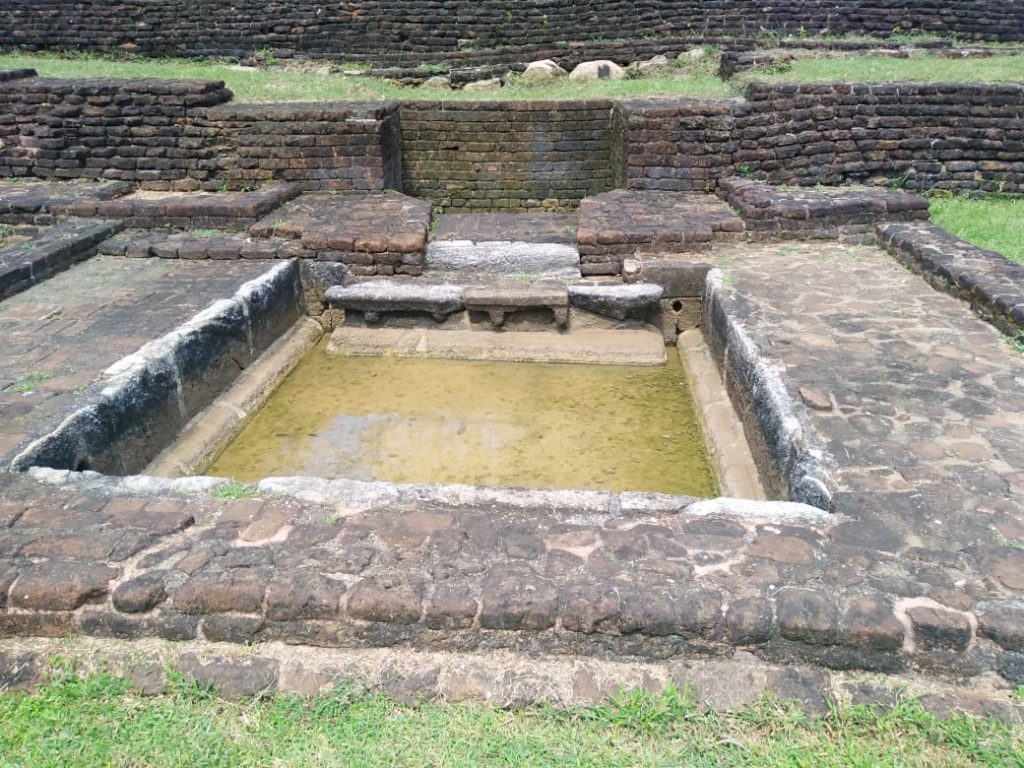
According to archaeological evidence, the stronghold was built by King Kashyapa ( reigned 477 – 495 BC), intending to safeguard against his enemies. He killed his father, King Dathusena, in 477 AD and seized the throne from his half-brother, Moggallana. To escape from the revenge, he left Anuradhapura, the capital city, and built the heavily fortified city of Sigiriya with thick walls, moats, and the palace fortress on top of the granite rock.
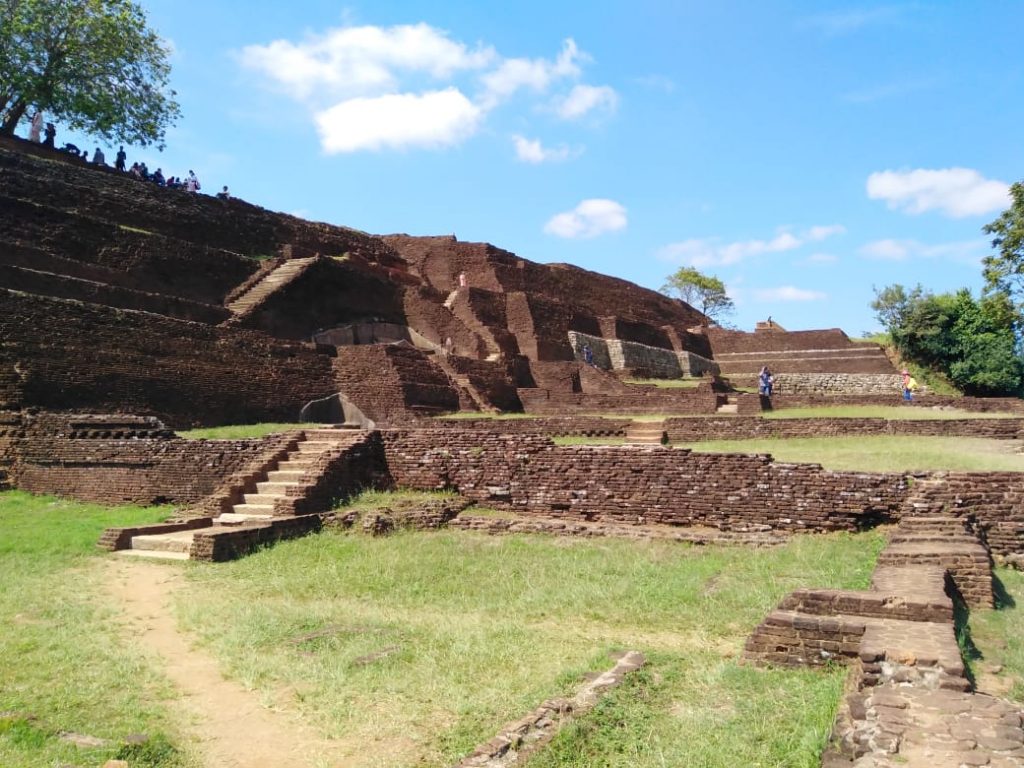
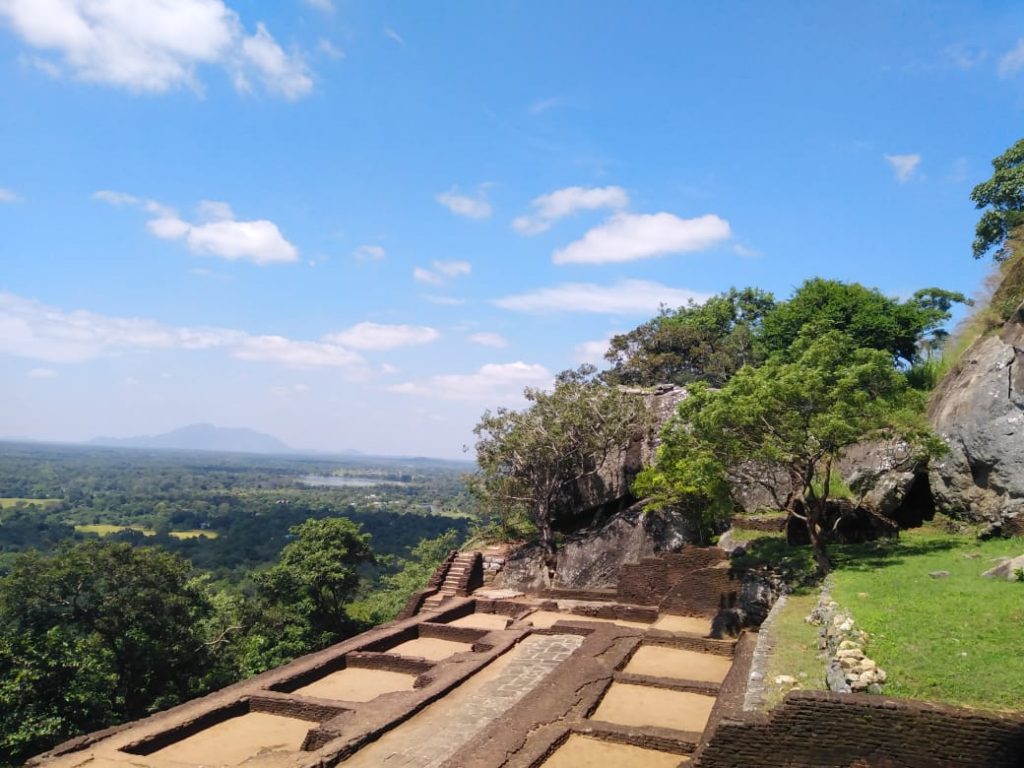
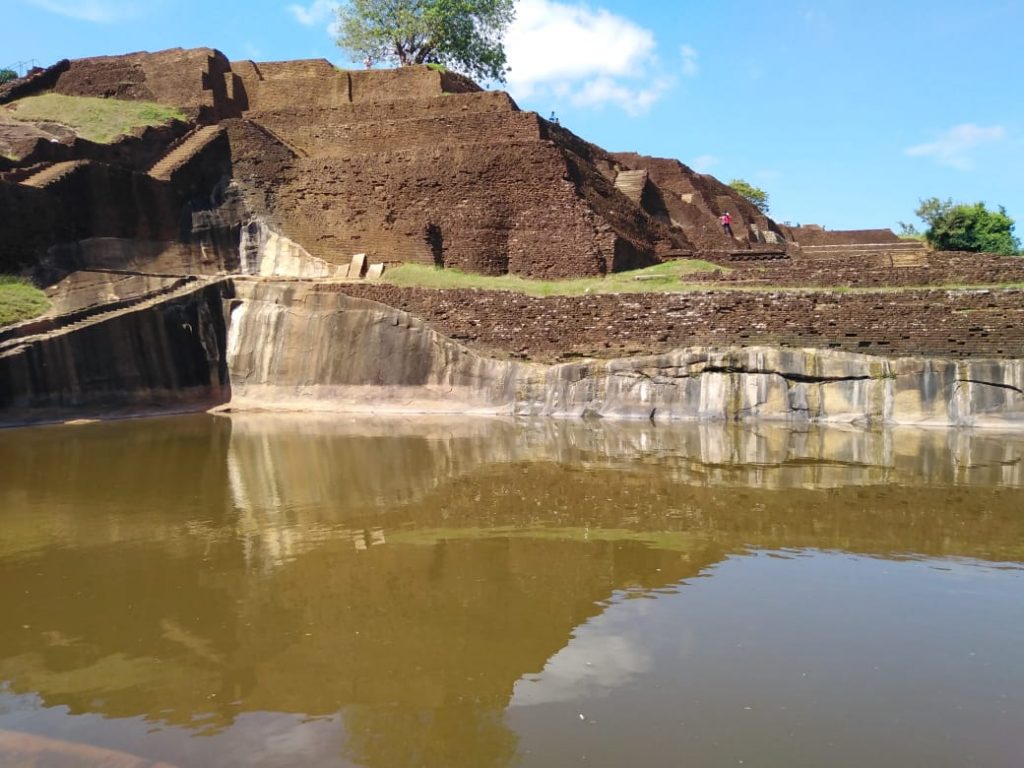
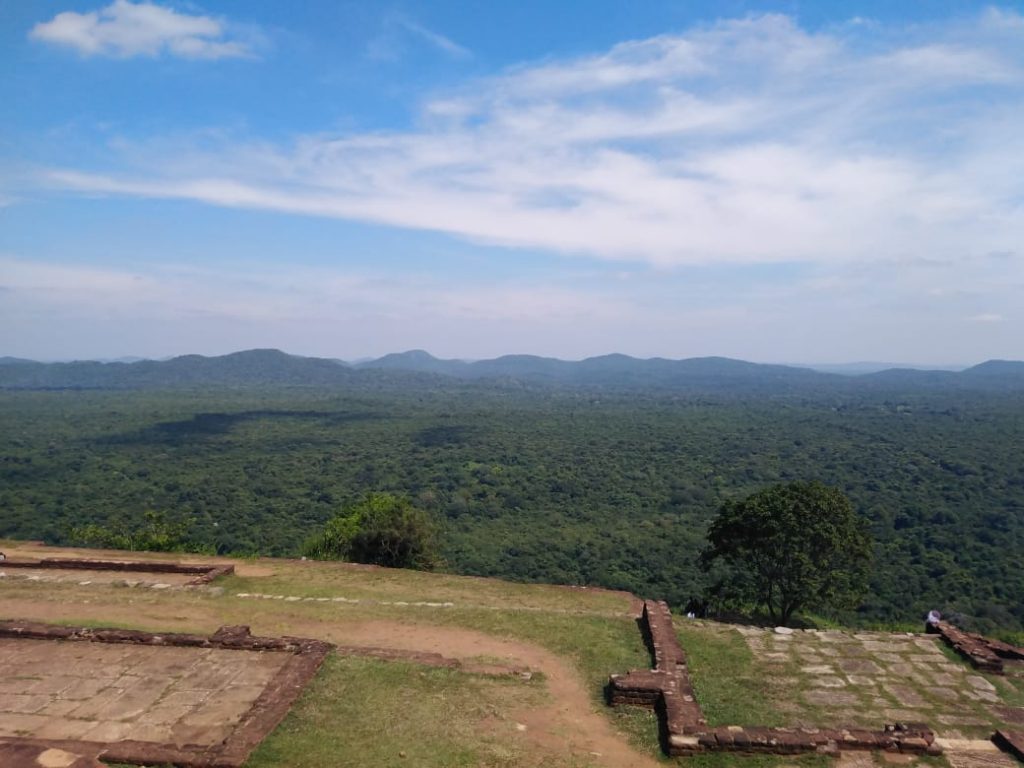
After the battle with Moggallana (495 BC), he took his own life by cutting his throat, since he did not have hope of winning. Then King Moggallana reinstated Anuradhapura as the capital and left Sigiriya for monks.
The entrance to the palace was shaped like a large lion’s head, with its front paws, and shoulders. The staircase ran up between the two front paws and into the mouth of the lion, and the rock was called the Lion Rock or Sigiri (Singha=lion, giri=rock). Today, the remains of the two paws can be seen and they create a picture of the original shape and the size of the sculpture.
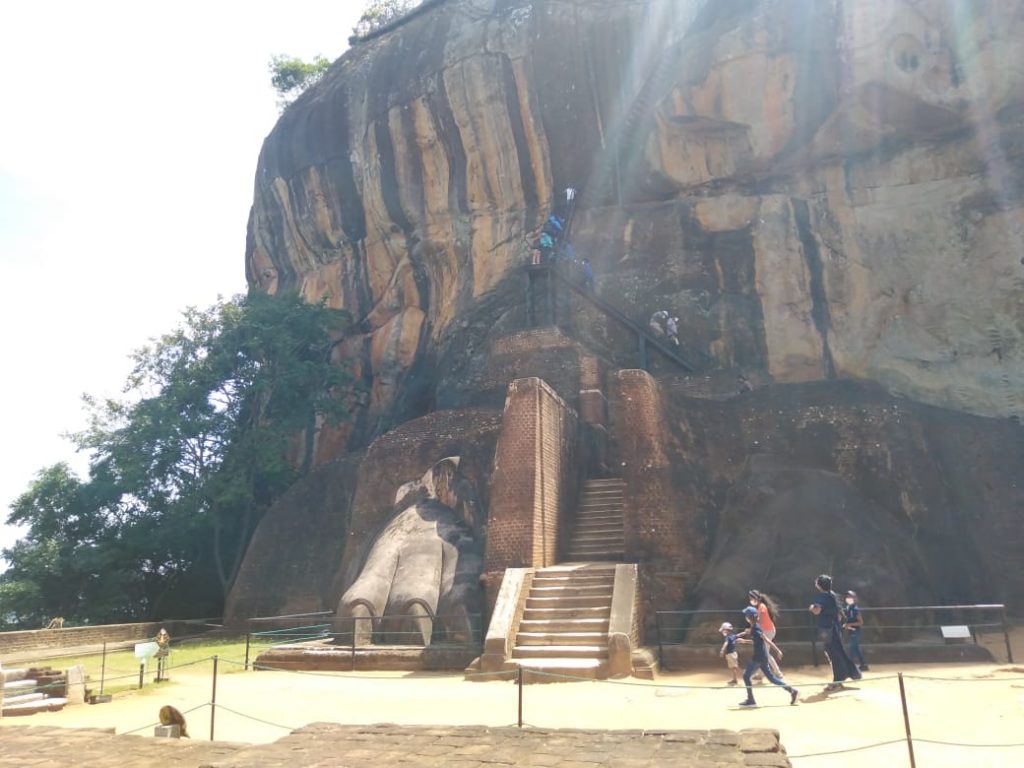
There is a large part of the ancient city that has not been excavated and it is one of the most valuable historical monuments of Sri Lanka. Every year, thousands of tourists visit this ancient palace and fortress complex, to experience the archaeological importance and the scenic beauty.



Leave a Reply